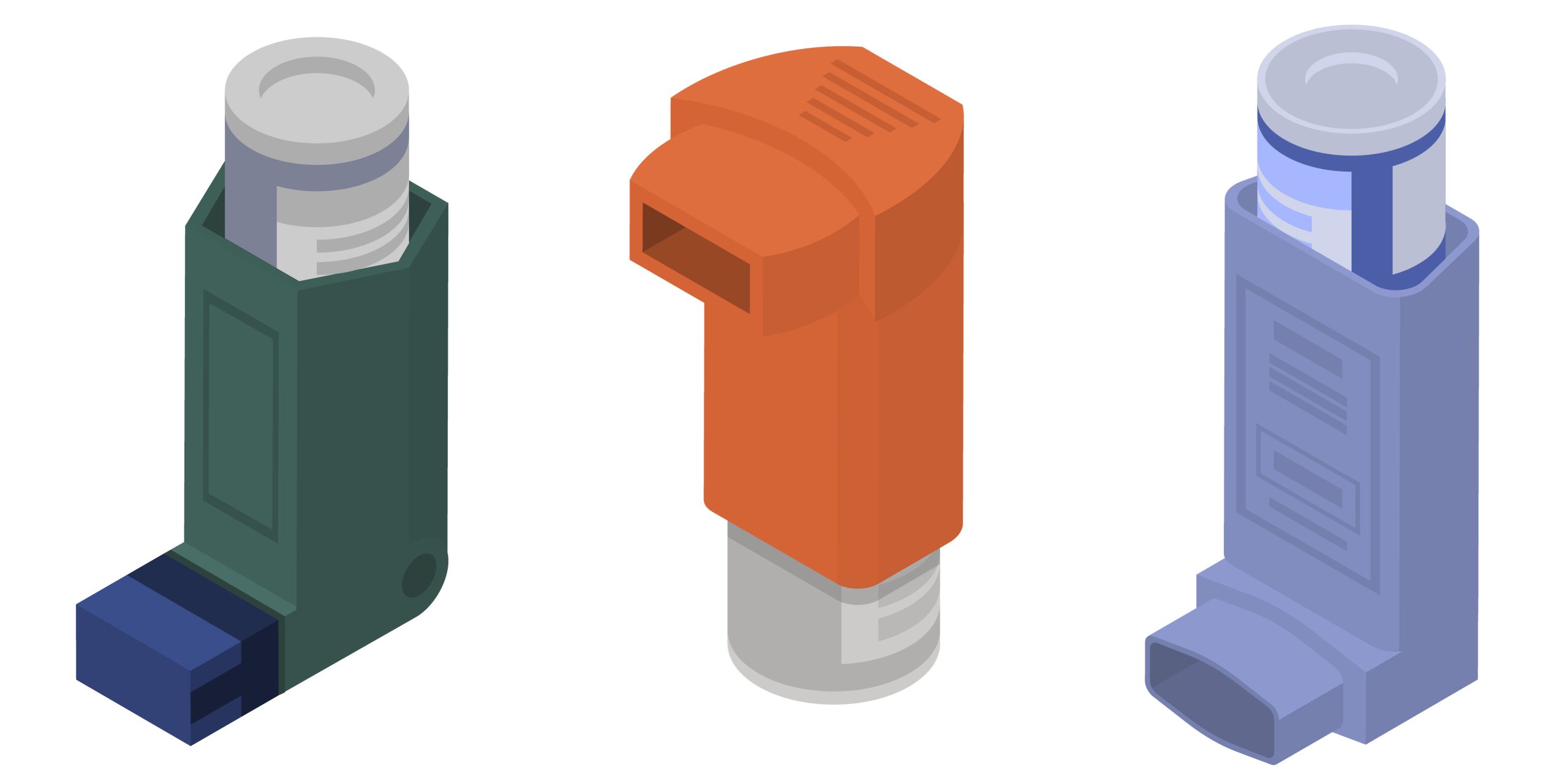The propellants from our most commonly used devices are much worse than CO2 and methane, and we must reduce the damage, TSANZ says.
Inhalers are contributing to global warming, and clinicians can contribute to the solution, says The Thoracic Society of Australia and New Zealand’s position statement published today in Respirology.
“Choosing an appropriate inhaler for an individual involves consideration of factors such as dexterity, inspiratory capacity and cost. In our current climate emergency and with the availability of lower carbon alternatives, health professionals should also consider environmental impact,” the statement says.
The culprit is largely the hydrofluorocarbon (HFC) propellant used in pressurised metered dose inhalers (pMDIs), along with their manufacture, distribution and disposal.
These inhalers are estimated to be responsible for 13% of healthcare’s total carbon footprint. They are currently the most common devices used by over 3 million Australians and 700,000 New Zealanders with airway diseases such as asthma and COPD.
Work is underway to reduce the carbon footprint as required by international ozone agreements.
But in the meantime, “[t]here are positive steps that prescribers can make now, by considering environmental impact in the decision-making algorithm when prescribing, dispensing and recommending inhaler medications, with a focus on improving asthma control and reducing unnecessary pMDI use,” the statement says.
“It is everyone’s responsibility to consider if and how they can take action to help mitigate the detrimental environmental impact of inhalers and we need to act now.”
The society proposes the following strategies:
- Accurate diagnosis to avoid unnecessary treatment
- Better disease control to reduce the need for reliever therapy
- Choosing inhalers with a lower carbon footprint where possible
- Educate patients and health professionals about the climate impact
- Assess and reassess a patient’s abilities around using a prescribed device
- Choose dosage regimes that use fewer devices
“Several of the above strategies can be achieved simultaneously with the use of ‘anti-inflammatory reliever’ (AIR) therapy,” the authors write.
“This involves the as-needed (prn) use of combination formoterol/ICS inhalers instead of SABA, with or without regular use of the same inhaler as maintenance. This is now the preferred strategy in New Zealand and international adult asthma guidelines and is an option in Australian guidelines.
“When formoterol/budesonide in a DPI is chosen for this purpose, over 90% of the carbon footprint can be saved due to a reduction in use of salbutamol pMDIs, reflecting not just the use of less-polluting inhalers but also improved asthma control.
“Further, prn-only use in mild asthma likely modestly reduces plastic waste compared to regular ICS maintenance, due to using fewer doses, while achieving equivalent clinical outcomes”.
In Australia, we use pMDIs a lot more than in many other countries with similar populations. Despite guidelines suggesting a single combination inhaler as preventer and reliever for adolescents and adults (not children), most continue to use separate inhalers, the statement says.
Dry powder inhalers (DPIs) and soft-mist inhalers (SMIs) have a 100-200-fold lower carbon footprint than pMDIs, but pMDIs are available over the counter and the PBS only covers DPI terbutaline when the patient can’t use a pMDI.
“This is despite the absence of evidence that one device type is superior to the other at a population level,” the statement says.
“The reduction in a person’s annual carbon footprint for a regular pMDI user changing from a pMDI to a DPI is similar to changing from a petrol to hybrid car or from a meat-eater to a vegetarian.”
Some pMDIs – Airomir and Autohaler – use less HFCs than others. Ventolin and several pharmaceutical companies, including Chiesi, AstraZeneca and GlaxoSmithKline, have promised to produce lower emission devices which could be available as early as next year.
Related
Importantly, switching devices has to be a shared decision. If a patient isn’t comfortable with a new device, that can lead to loss of disease control and even greater carbon footprint, TSANZ warns.
Proper disposal of devices plays a part in environmental impact. Reusable devices are still uncommon, but the plastic body of SMIs can now be kept for several months, with only the drug-containing canister replaced monthly.
Some pMDI devices have dose counters, so consumers don’t throw them out too early, but “even fully used pMDIs contain residual propellant that will eventually leak into the environment,” the statement says.
Disposal through the National Return and Disposal of Unwanted Medicines (NatRUM) program, rather than in landfill, reduces the environmental impact by using high temperature incineration.
Reducing the environmental impact of inhalers is of course a team effort, the authors note. It involves the development of alternative devices, regulators including environmental considerations in approval processes, pharmacists providing device technique education, government providing safe disposal and recycling schemes, manufacturers reducing packaging, and consumers managing their disease and disposing of inhalers properly.





